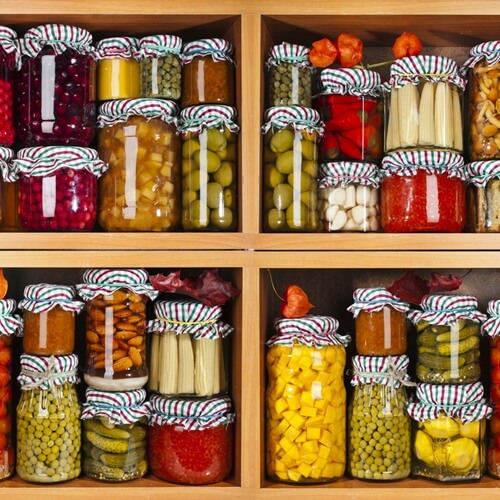Can Do: A Brief Introduction To Pickling

Dating back some 4,000 years, pickling is among the oldest methods in terms of food preservation. The process involves submerging certain food items – namely fruits and vegetables – into a brine or vinegar mixture. With a lower pH level overall – hovering around 4.6 – the mixture is able to help fight off bacteria, allowing the food to remain edible for several additional months. Not only is this a great way to save money on your grocery bills, but it’s a technique that lets you develop a deeper connection with the food you eat.
If you’re an eager young chef enrolled in culinary academy, here is what you need to know in order to start pickling pronto:
The ice bath
Pickling isn’t just about taking a food item and dropping it into a container with some vinegar. Before the pickling process actually begins, you need to allow your food item(s) to soak in ice water for 45 minutes to an hour. This will help the fruits or vegetables open up, allowing the brine or vinegar mixture to better permeate and thus fend off the bacteria. There are a couple other options in the pre-pickling process. Some chefs will use boiling water, which destroys any surface bacteria on the food item. Meanwhile, some chefs rely on salt water to draw out any internal moisture to help with further preservation.
Tools of the trade
Pickling is among the more widely utilized preservation methods because it’s easy and less costly then other techniques. To get started with pickling, you need just five simple tools:
- Canning jars: These are specially made jars built for the pickling process. As such, don’t simply use mayo or jelly jars, both of which don’t have the wide mouths necessary.
- Lids with rings: Canning jars need special lids. As well, the rings should be removed after the canning process finishes, at which point you can clean and use them again.
- Large pot: This is where you’ll prepare the brine or vinegar mixture. Depending upon your pickling needs, a standard-sized pot for spaghetti might also work.
- Jar funnel: In order to avoid spilling your mixture, you’ll need a wide-mouth funnel to fit over your jars.
- Jar lifter: Jars that heat in the pot can become very hot. The lifter tool is built specifically for the specific size of most canning jars.
Always keep plenty of paper towels around for cleanups when you first begin your adventures in pickling.
The perfect brine
In pickling, the most important step is often considered the brine itself. As such, you’ll want to ensure a mixture that not only does its primary job – preserving food items – but also enhances the natural flavors of your fruits and vegetables. According to The Kitchn, the simplest and most effective brine recipe involves:
- 1 cup vinegar – anything except balsamic.
- 1 cup water.
- 1/2 cup sugar .
- 1 tablespoon kosher salt.
From there, you can add a bit of spice by tossing in some extra ingredients. Some of the more common choices include cumin seed, garlic cloves, mustard seed, fresh herbs, peppercorn, bay leaves, cinnamon, fennel seed and juniper berries. Which spice you end up choosing depends on your personal preference, but try and consider flavor pairings before adding anything into the mix.


